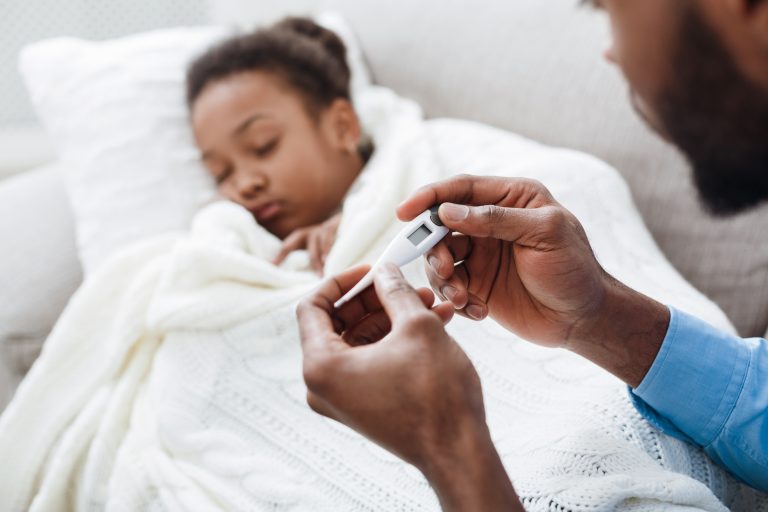Remove the tick as soon as possible
- Use tweezers and grasp the tick as close to the skin as possible
- Pull straight up with even pressure. Do not twist or rock it from side to side
- Do not use petroleum jelly or a hot match to remove the tick.
- Small parts of the tick may remain in the skin but will eventually come out on their own. Avoid digging into the skin to remove small pieces.
- Wash your hands and the bite site with soap and water.
- Dispose of the tick by flushing it down the toilet. Testing the tick for Lyme disease is available but is not useful or recommended.
Risk of Lyme disease is low if the tick has been attached for less than 36 hours.
Preventative antibiotics are not recommended for children less than 8 years old and generally not necessary for older children.
Call us if your child develops any of the following symptoms in the next 30 days
- Rash (especially a bull’s eye rash at the site of the bite or multiple red rings on the body)
- Signs of infection at the bite area (increasing pain, redness, swelling, oozing or pus)
- Joint pain/swelling
- Fever, fatigue, or flu-like symptoms
- Severe headache or stiff neck




